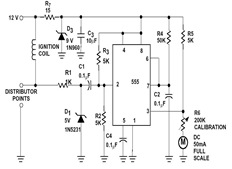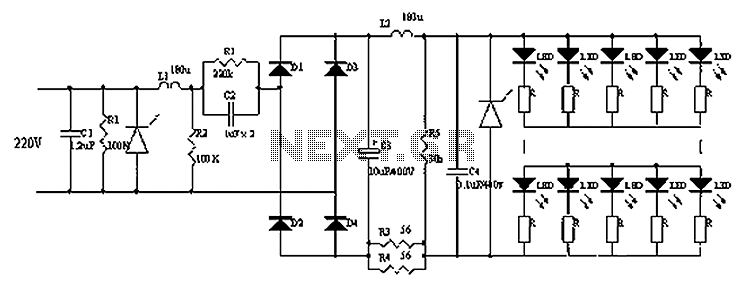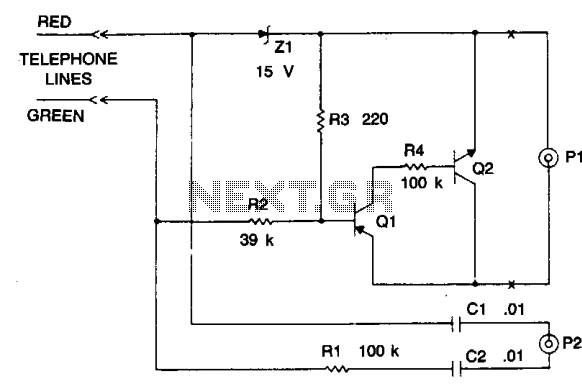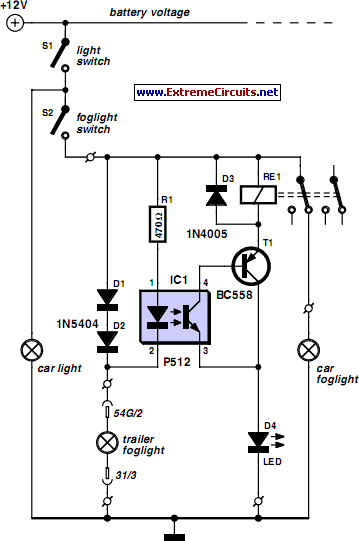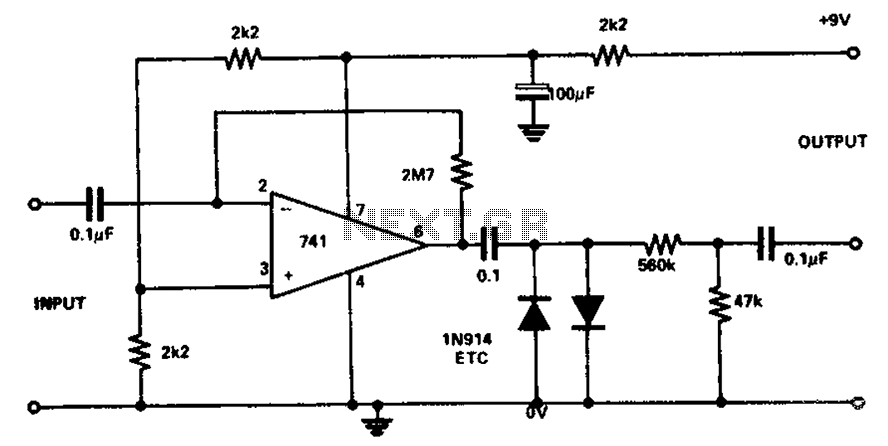
LC filter and LC type filter circuit
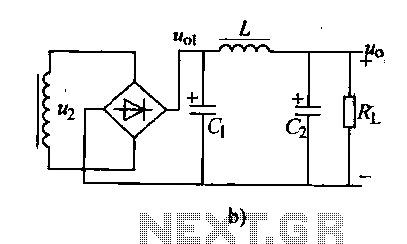
Analyzing the filter capacitance or inductance shows that the filtered DC output remains somewhat volatile. In situations requiring a smoother DC output, a duplex filter can be employed. The LC filter, which consists of a capacitor and inductor, is applicable for large loads, while the inductor filter is suited for smaller loads. By combining these two circuits, a comprehensive filter can be designed, suitable for general load applications. The LC filter effectively doubles the voltage ripple filtering effect, as it prevents most of the AC components from passing through the inductor L. Even if a small portion does pass through L, the AC bypass capacitor C further reduces the AC component across the load, achieving the desired filtering effect. Additionally, the LC-Ji-type filter circuit combines the C-type filter and LC filter, where the rectified AC signal is first processed by the C-type filter and then by the LC filter. This configuration enhances filter performance compared to the individual LC and C filters, resulting in a smoother voltage output. Since the LC-7C-type filter capacitor is connected in a crossing configuration at the front, its external characteristics are similar to those of a traditional filter capacitor.
The described filtering system employs a combination of LC and C-type filters to achieve a stable DC output with reduced ripple voltage. The LC filter configuration consists of an inductor (L) and a capacitor (C) arranged to effectively attenuate AC components from the DC output. The inductor serves to block high-frequency AC signals, while the capacitor provides a low impedance path for AC, allowing it to bypass the load. This synergy leads to a significant reduction in voltage ripple, making the output more stable and suitable for sensitive electronic applications.
In the case of the LC-Ji-type filter, the architecture is designed to optimize the filtering process further. After the initial AC rectification, the signal is first subjected to a C-type filter, which primarily smooths out the high-frequency noise. Subsequently, the signal passes through the LC filter, where any remaining AC components are significantly attenuated. This dual-stage filtering approach ensures that the output voltage is not only smoother but also more reliable for downstream electronic circuits.
The configuration of the LC-7C-type filter capacitor plays a crucial role in defining the overall performance characteristics. By utilizing a crossing arrangement, the filter capacitor can effectively manage the interactions between the LC and C filters, enhancing the overall filtering capability. This sophisticated design is particularly advantageous in applications where maintaining a clean and stable DC voltage is critical, such as in power supply circuits for sensitive components or in audio equipment where noise can significantly impact performance.
In summary, the integration of LC and C-type filters in various configurations provides an effective means of achieving low-ripple DC outputs. The filtering performance is enhanced through careful design considerations, ensuring that the output voltage remains stable and suitable for a wide range of electronic applications.By analyzing the filter capacitance or inductance is filtered DC output is still more or less volatility. In situations requiring high level in order to get more slippery DC, duplex filter can be used. . (1) LC filter capacitor filter we know t applicable load is large, and the inductor filter is applied to the load is small, as if these two circuits are combined, it constitutes a diagram shown in FIG. filter, which can be applied for general load. In the LC filter. Will be double the voltage ripple filtering effect, most of the AC component of the inductor L is prevented, even if a small portion through the through L, but also through the filtering effect of the AC bypass capacitor C, therefore, the AC component across the load is small , so as to achieve the filtered exchange purposes.
(2) LC- Ji-type filter circuit shown in Figure b. IJC- Ji crossing type filter is a combination of the C-type filter and LC filter, the filter process after wave rectified AC t first by the C-type filter filter, and then by LC filter. So Ji filter performance than the LC and C have excellent filter, the voltage Rr. Obtained on more smooth. Since LC-7C-type filter capacitor connected with crossing the front, so the external characteristics of such a filter capacitor filters and similar.
The described filtering system employs a combination of LC and C-type filters to achieve a stable DC output with reduced ripple voltage. The LC filter configuration consists of an inductor (L) and a capacitor (C) arranged to effectively attenuate AC components from the DC output. The inductor serves to block high-frequency AC signals, while the capacitor provides a low impedance path for AC, allowing it to bypass the load. This synergy leads to a significant reduction in voltage ripple, making the output more stable and suitable for sensitive electronic applications.
In the case of the LC-Ji-type filter, the architecture is designed to optimize the filtering process further. After the initial AC rectification, the signal is first subjected to a C-type filter, which primarily smooths out the high-frequency noise. Subsequently, the signal passes through the LC filter, where any remaining AC components are significantly attenuated. This dual-stage filtering approach ensures that the output voltage is not only smoother but also more reliable for downstream electronic circuits.
The configuration of the LC-7C-type filter capacitor plays a crucial role in defining the overall performance characteristics. By utilizing a crossing arrangement, the filter capacitor can effectively manage the interactions between the LC and C filters, enhancing the overall filtering capability. This sophisticated design is particularly advantageous in applications where maintaining a clean and stable DC voltage is critical, such as in power supply circuits for sensitive components or in audio equipment where noise can significantly impact performance.
In summary, the integration of LC and C-type filters in various configurations provides an effective means of achieving low-ripple DC outputs. The filtering performance is enhanced through careful design considerations, ensuring that the output voltage remains stable and suitable for a wide range of electronic applications.By analyzing the filter capacitance or inductance is filtered DC output is still more or less volatility. In situations requiring high level in order to get more slippery DC, duplex filter can be used. . (1) LC filter capacitor filter we know t applicable load is large, and the inductor filter is applied to the load is small, as if these two circuits are combined, it constitutes a diagram shown in FIG. filter, which can be applied for general load. In the LC filter. Will be double the voltage ripple filtering effect, most of the AC component of the inductor L is prevented, even if a small portion through the through L, but also through the filtering effect of the AC bypass capacitor C, therefore, the AC component across the load is small , so as to achieve the filtered exchange purposes.
(2) LC- Ji-type filter circuit shown in Figure b. IJC- Ji crossing type filter is a combination of the C-type filter and LC filter, the filter process after wave rectified AC t first by the C-type filter filter, and then by LC filter. So Ji filter performance than the LC and C have excellent filter, the voltage Rr. Obtained on more smooth. Since LC-7C-type filter capacitor connected with crossing the front, so the external characteristics of such a filter capacitor filters and similar.
